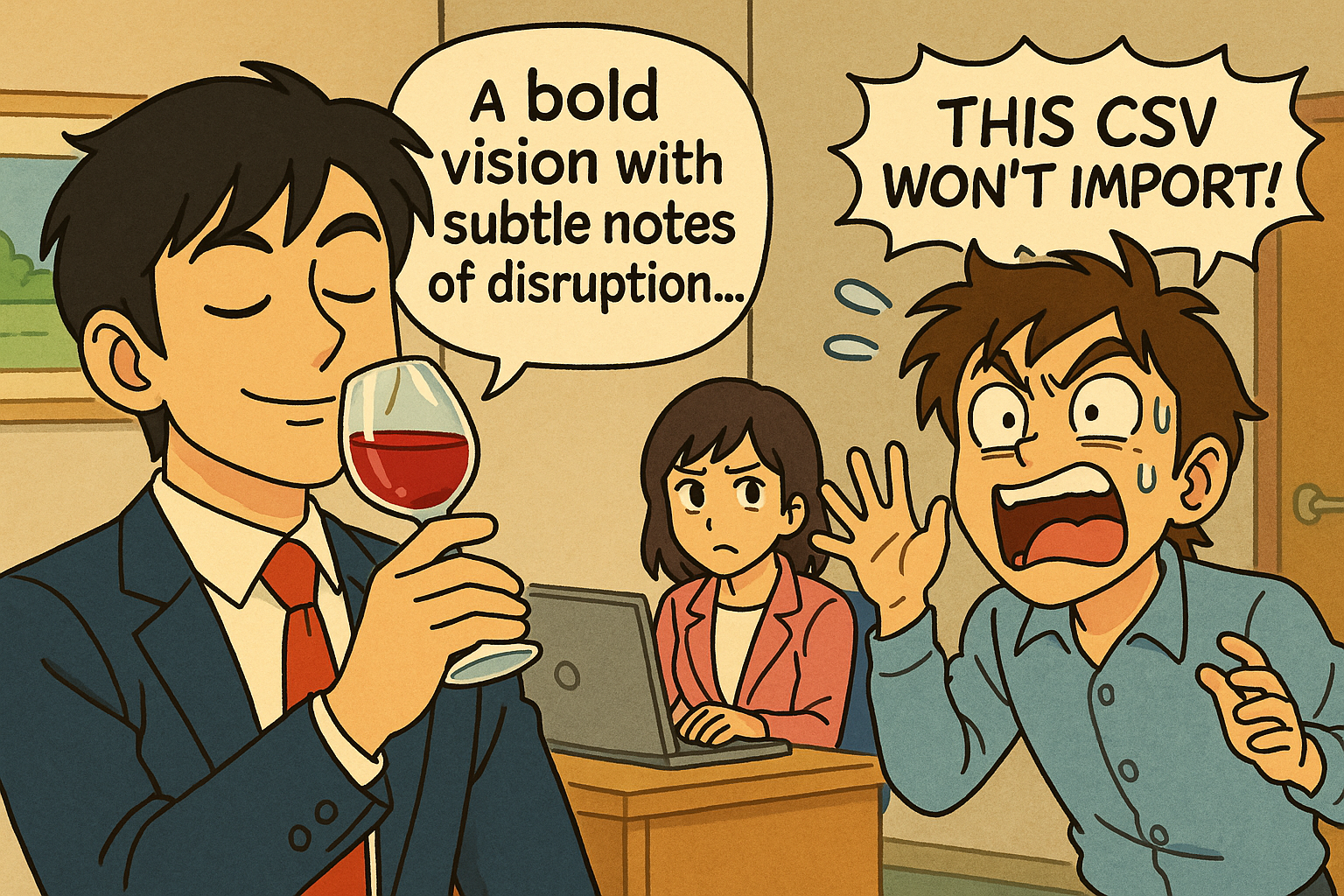“Think Bigger” Is Lazy Feedback

“Think bigger.”
It sounds like good advice. Visionary, even. The kind of thing you’d expect from a sharp investor or a bold founder. But more often than not, it’s just noise. A placeholder for actual feedback.
You pitch a simple tool, maybe one that automates invoice follow-ups, and someone squints and says, “I like it… but can you think bigger?”
Or you’re a PM knee-deep in real user problems, and your founder tells you: “We need to go 10x. You’re thinking too small.”
That kind of feedback sounds smart. It feels bold. But it’s often disconnected from the real work of building something people actually want. Worse, it can distract you from the gritty, unglamorous problems that actually matter.
The trap is mistaking scale for vision.
Most “big” ideas didn’t start big.
They started as hacks. As side projects. As oddly specific solutions to annoyingly persistent problems.
- Shopify began as a snowboarding store with a better checkout.
- Slack was a chat tool for a failed video game.
- Figma was a pixel renderer in a browser window.
- Notion launched as a buggy wiki used mostly by nerds.
- Airbnb? Literally just an air mattress on a floor in San Francisco.
These weren’t moonshots. They were small bets made by people paying close attention. People who were in the weeds, looking at the edge cases, trying to make something feel just a little less broken.
Stripe is another perfect example.
Stripe didn’t start with a grandiose vision to “reimagine the global financial infrastructure.” It started with a humble pitch to developers:
“Accept payments online with just seven lines of code.”
What made it special wasn’t the breadth of the idea — it was the obsessive depth of execution.
- API parameters that were named intuitively.
- Error messages that made sense.
- Docs that didn’t read like they were written by a legal department.
- A dashboard that made things like refunds feel effortless.
Stripe didn’t “think bigger”… it cared more. And that’s what gave them permission to scale. Once they nailed the small, painful thing, they earned the right to tackle bigger problems: fraud, capital, tax, global expansion.
The foundation was built detail by detail.
Value lives in the details.
It’s easy to talk about platform vision and total addressable market. But customers don’t care about your investor pitch. They care that their data isn’t syncing. They care that your export function doesn’t work in Safari. They care that your onboarding flow is confusing, or your API silently fails.
That’s the stuff that wins or loses trust.
Want to build something big? Start by fixing the janky edge cases. The broken UX. The misaligned label that nobody else bothered to fix. That’s where the real signal is.
Zooming in doesn’t mean thinking small. It means thinking clearly.
So what should you do?
- Zoom in first. Ruthlessly. Pick something narrow, boring, and real — and make it excellent.
- Zoom out later. Once you’ve earned traction, ladder up. Show how this small win compounds into something bigger.
- Stay honest. If your users are still emailing CSVs, you’re not “redefining the future of work.” You’re helping them send spreadsheets. Start there.
- Push back on lazy feedback. When someone says “think bigger,” ask them: “Bigger how? Bigger for whom?”
The real danger is skipping the hard part.
You don’t get to scale if you haven’t built anything people care about. You don’t earn the right to tell a big story if the small one falls apart under load.
“Think bigger” isn’t wrong. It’s just incomplete.
If you want to build something huge, start with something small. But care more. Then tell that story — clearly, honestly, and one painful, specific detail at a time.
Get new posts in your inbox
No spam, just articles. Unsubscribe anytime.